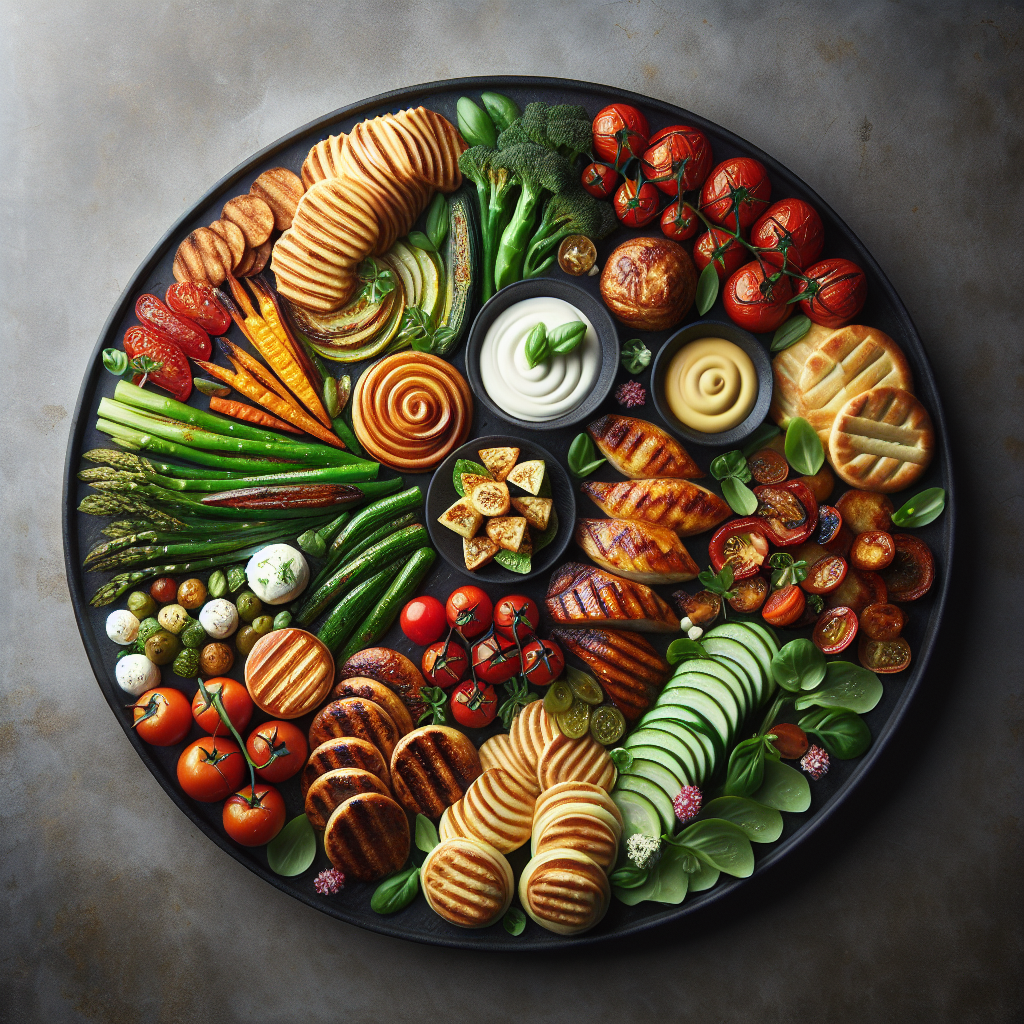Platter Perfection: How to Balance Flavors and Textures for Delicious Results
When it comes to creating a delicious and visually appealing platter, balancing flavors and textures is key. A well-executed platter can elevate any meal or gathering, making it a memorable experience for all who partake. Whether you are assembling a cheese board, charcuterie platter, or a mix of various appetizers, here are some tips on how to achieve platter perfection.
First and foremost, consider the flavors you want to include on your platter. It’s important to have a variety of flavors to satisfy different palates. Aim for a mix of savory, sweet, salty, and tangy elements to create a well-rounded taste experience. For example, you could include a selection of cheeses with different flavor profiles, such as a creamy brie, a sharp cheddar, and a tangy blue cheese. Pair these cheeses with a mix of sweet and savory accompaniments, such as fresh fruit, nuts, olives, and cured meats.
Next, think about the textures you want to incorporate on your platter. Texture can add depth and interest to your spread, making each bite a unique and satisfying experience. Include a mix of crunchy, creamy, and chewy elements to create a dynamic mouthfeel. For example, you could pair crispy crackers with creamy dips, crunchy nuts with soft cheeses, and chewy dried fruits with crunchy vegetables.
When arranging your platter, consider the visual appeal of the presentation. A well-arranged platter not only looks attractive but also makes it easier for guests to navigate and enjoy the different components. Start by placing larger items, such as cheeses and meats, in the center of the platter and then fill in the gaps with smaller items, such as nuts, fruits, and crackers. Arrange items in a visually appealing pattern, such as in rows or clusters, to create a cohesive and inviting display.
Lastly, don’t forget to consider the overall balance of your platter. Make sure to include a mix of colors, shapes, and sizes to create visual interest. Avoid overcrowding the platter with too many items, as this can overwhelm the palate and make it difficult for guests to appreciate each individual component. Instead, aim for a harmonious balance of flavors and textures that complement each other and create a cohesive flavor profile.
In conclusion, creating a delicious and visually appealing platter is all about balance. By carefully selecting a mix of flavors and textures, arranging them thoughtfully, and considering the overall balance of the presentation, you can achieve platter perfection that will impress your guests and leave them coming back for more. So next time you’re planning a meal or gathering, consider these tips to create a platter that is both delicious and delightful.


